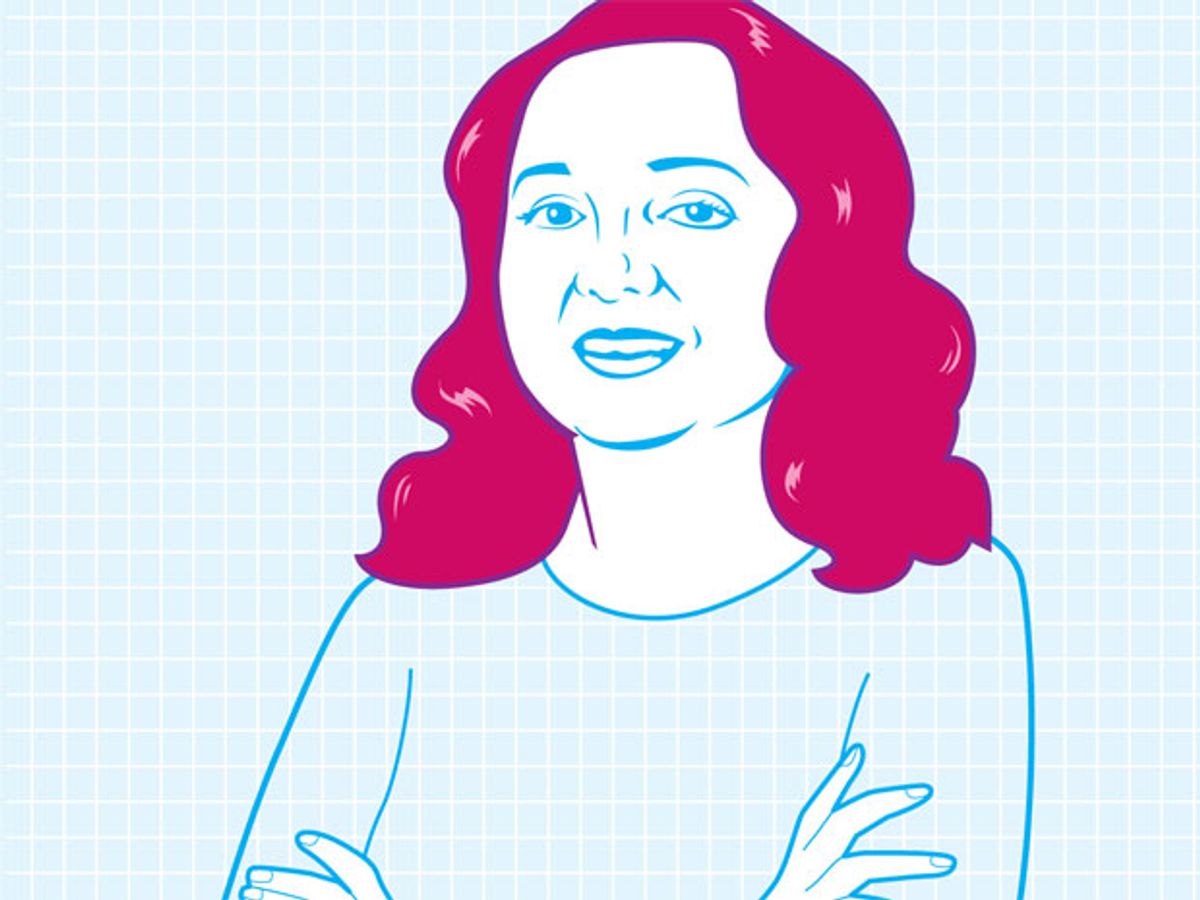Limor Fried has been busy. Last year her company, Adafruit Industries, had its best year ever, selling US $10 million in DIY electronics kits and components. In October it moved into an 1100-square-meter manufacturing and warehouse space in lower Manhattan. Two months later, Fried appeared on the cover of Entrepreneur magazine as its Entrepreneur of the Year. And in February she grilled President Obama, via Google Hangout, on what his administration was doing to support inventors and tech entrepreneurs and to encourage girls to study science, math, and engineering.
Fried didn’t set out to become a successful CEO or a de facto spokeswoman for the loose-knit maker community of technically inclined do‑it-yourselfers. But now that she is, she’s making the most of it. And if her shock-your-granny hair and facial piercings challenge people’s image of engineers, well, so much the better.
Shortly before getting her master’s in electrical engineering from MIT’s Media Lab eight years ago, Fried founded Adafruit. The company was an organic outgrowth of chronicling her own DIY projects online, which, she discovered, found an eager audience. “People loved the tutorials, and there was nothing else like it at the time,” says Fried, who’s known to her fans as Ladyada (a nod to Ada Lovelace, who’s been called the world’s first computer programmer).
Since then, Fried has ridden the crest of the techno-DIY revolution, building Adafruit into a leading open-source electronics company. Even as others have jumped on the maker band wagon, Adafruit stands out for its well-designed and well-made kits and unparalleled customer support. Need to spec a battery? Don’t know how to solder? Want to sew electronics into your pants? Adafruit’s got an online tutorial for that.
“It’s not just ‘Here’s your data sheet, good luck,’ ” Fried says. “We always give people pointers and maybe some code to get them up and running.” Engineers on staff field customer calls and e‑mails; online forums nurture an active community of users. “We want to show that you don’t need years of higher education in electrical engineering to build something fun and cool,” she says.
Lately she and her team are out to prove that even the preschool set can appreciate the beauty of the electron. At press time, the company was getting ready to roll out a new Web TV series called “Circuit Playground.” Each 10-minute episode features a Muppet-style robot called the Adabot “that’s curious about itself and what’s inside its body,” Fried says. Other cast members include Billie the Blue LED, “who sings the blues because she needs more power to start up than a red LED,” and Cappy the Capacitor, who smooths over any friction between the other characters “in the same way a capacitor smooths out ripple voltage and lets devices connect together,” she explains.
There’s also an upcoming Circuit Playground game for the iPhone and iPad. It’s mainly color coding and pattern matching, Fried says, because designing actual electronics involves “a lot of pattern matching—remembering which parts to use when.” No kids’ show would be complete without a merchandizing tie-in, so there’s also a line of Circuit Playground plushies. And once tykes have mastered the game, watched the show, played with the toys, and are ready to start their first hacks, they can move on to the Circuit Playground reference app.
Fried is convinced that introducing electronics early on will lead to more young people choosing science and engineering careers down the road. Because if the last eight years have taught her one thing, it’s that “everyone has an engineer or a maker inside them.”
This article originally appeared in print as "Limor Fried: Channel Your Inner Maker."
Jean Kumagai is the Executive Editor at IEEE Spectrum. She holds a bachelor's degree in science, technology, and society from Stanford University and a master's in journalism from Columbia University.



